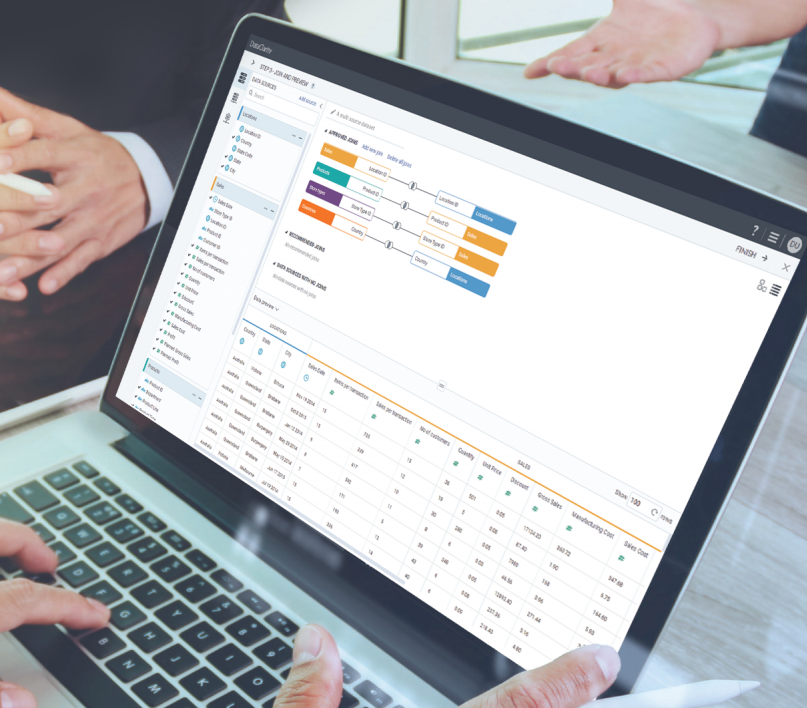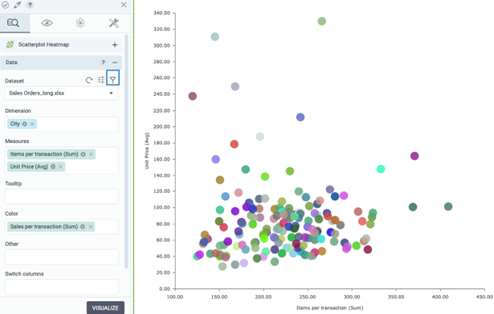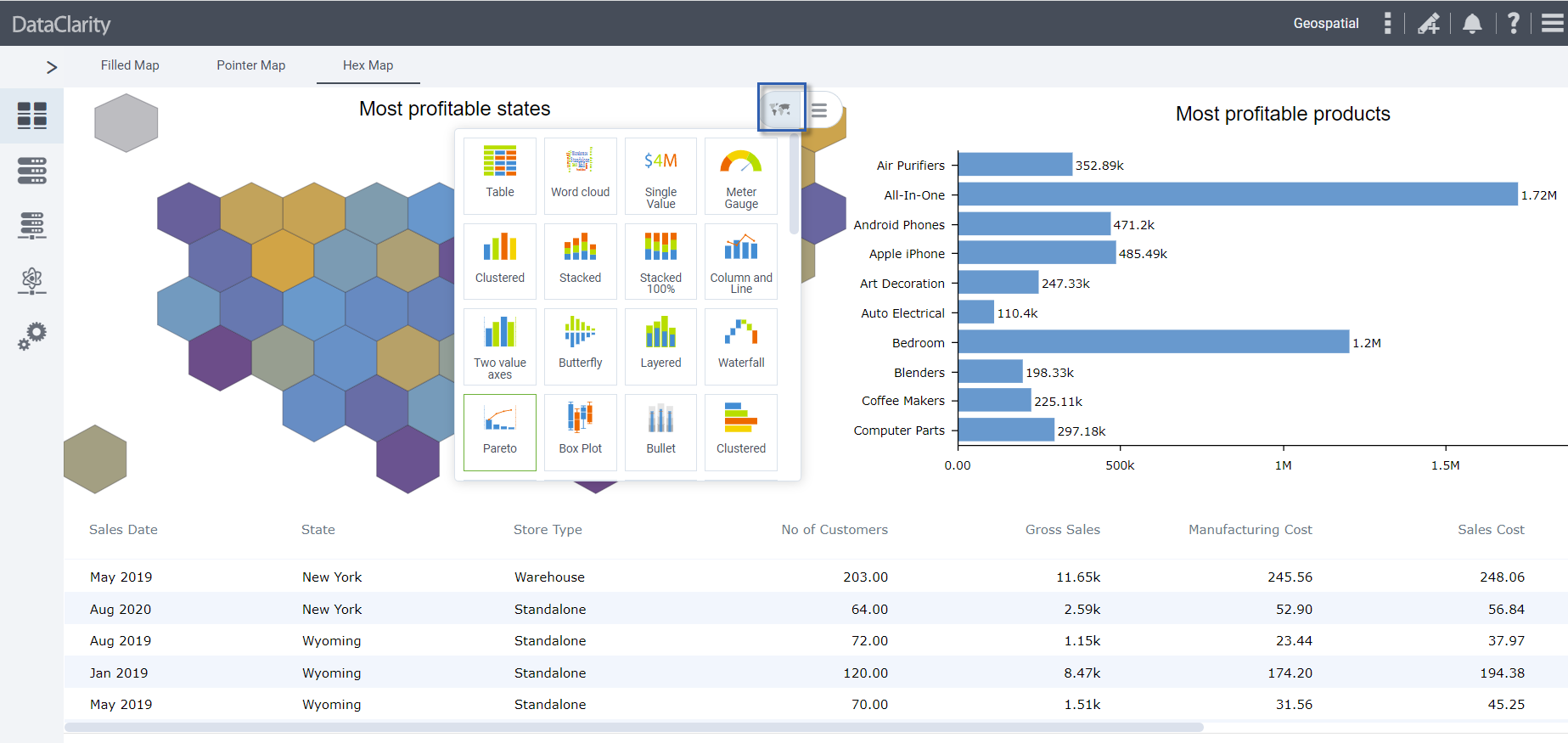Did you know that data preparation is considered one of the most important and time-consuming steps in data exploration and analysis? If you could spend some time for proper planning of this process in the very beginning, it can save you time later and help get the relevant insights.
Data preparation is the process of shaping your data for analysis. It involves collecting, modeling, trimming, and combining data into one dataset. The goal is to provide data that can be easily consumed and analyzed in data visualizations tools and applications.
Here is a summary of the essential points you should consider before jumping to the actual data preparation process.
Get a List of Business Questions
You need to figure out what are the potential questions important for your business that your data needs to answer. Outline what KPIs need to be measured, which metrics are essential, and which can be omitted. Determine the target audience that will be consuming the data and which aspects can influence the decision-making process. Determine if you need to access the data in real-time, how frequently the data is changing, and how often you and your users will access the reports. Understanding business needs will help you understand and map your data.
Discover Data Sources in Your Organization
Familiarize yourself with the data source types in your company. Those could be Excel spreadsheets, CSV files, various databases, servers, sources in the cloud, and so on.
Pay attention to the following data source aspects:
- Ensure you can obtain all the permissions needed to access and query the data.
- Determine which data is needed to support the analysis: all the data in a specific source for the detailed analysis, or only some tables or columns that bring value. This can improve performance. Consider using just a part of a dataset that is useful for answering business questions.
- Examine the data structure and tables in each data source.
- Check if your data preparation tool can connect to your organization’s data sources.
Assess Data Sources Readiness
Majority of the data we have nowadays is not modeled for business user’s needs or self-service consumption. Thus, very often data needs transformations, alterations, and improvements before it can be consumed effectively. To produce good results, data should be of high quality, easy to find, understand, and interact with.
Pay attention to the following data quality aspects:
- Examine data for accuracy, check if it is consistent and current.
- The same types of fields use the same format (for example, dates, currency, and locations).
- Look for trends, outliers, exceptions, and missing information.
- Check if your data preparation tool can perform data profiling, data cleansing, missing value imputation, and other data transformations and calculations to make this process smooth.
Combine and Enrich the Data
Data preparation is almost always about combining different data sources from different locations with various structures and different data quality to add depth to the data and to enrich it. Thus, if you have different data sources, you will need to shape the data by linking related fields in different tables and sources:
- Understand the relationship that appears after the fields are connected. These relationships establish the types of questions your analysis will be able to answer.
- Consider the possibility of adding other data sources and make changes to the data model if needed.
- Check what type of files and databases your data preparation tool can join and how flexible it is if you want to add more data sources to the dataset.
Publish Your Data
Most data integration tools copy the data into a target data store such as a data warehouse or a data lake. This approach works if you do not need to query the data live. More advanced data integration solutions provide real time access through data virtualization and high-performance caching capabilities.
Pay attention to the following aspects:
- Real-time data access requirements and frequency of changes in the data
- Software and hardware needed to work with the amount of data you have
Verify the Results on a Sample
Preparing large datasets can be very time consuming. Consider starting with a sample of your data for exploratory data preparation and verifying the results:
- Visualizations make sense on a general level.
- Measures and dimensions are the right ones for answering your business questions.
- Ensure that calculation results obtained in the original data coincide with the calculation results in your visualization tool.
Taking the time to evaluate the data sources will save considerable time later during analysis and help produce relevant insights. So, invest your time in planning and developing an effective data preparation approach.
Check out DataClarity data preparation capabilities that allows real-time access to any data source from anywhere without movement or replication. You can easily prepare and manage trusted virtual datasets using disparate data sources from multiple systems, locations, and technologies. Moreover, you can make data instantly available for consumption in any application, business intelligence, or analytics tool, and much more. To learn more about how to use data and analytics for competitive advantage, please visit DataClarity Analytics and Data Science microsite.





